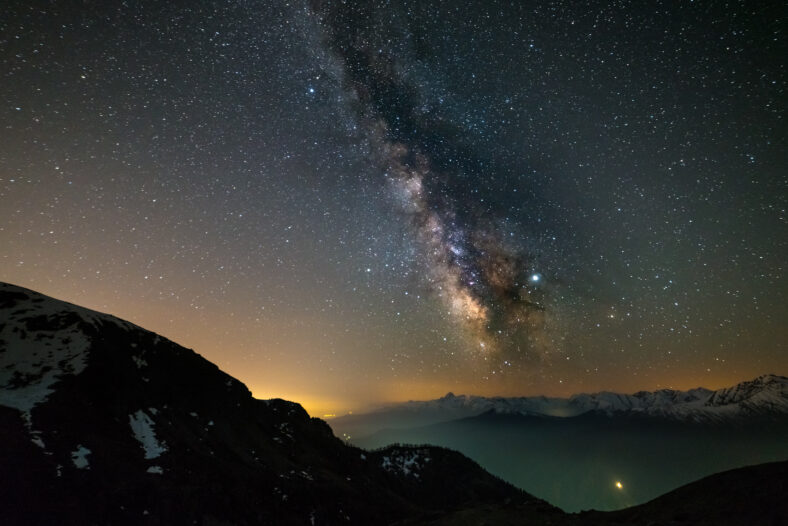It’s Possible For Our Solar System To Capture A Rogue Planet As It Hurtles Through The Galaxy

It’s possible for our solar system to capture a rogue planet and give it a home as it hurtles through the galaxy, according to a new study.
In 2017, astronomers at the Pan-STARRS1 observatory were searching for asteroids near Earth when they spotted an object speeding past our sun at 23.8 miles per second.
Around the world, telescopes set their sights on the strange object, trying to record as much data as they could before it became out of reach.
Scientists were able to determine the size and shape of the object by looking at visible light reflecting off of it. It was around 1,312 feet long and shaped like a pancake.
The object was dubbed A/2017 U1. Its speed and trajectory indicated that it was not from our solar system. It is the third time that an object outside of our solar system paid us a visit.
The first interstellar visitor was called ‘Oumuamua. In 2019, our second visitor was our first rogue comet, 21/Borisov.
These bodies are just passing through. They’re smaller and nowhere near the size of a planet. We’ve established that smaller bodies can take a trip through our solar system, but what about larger ones?
A team of scientists investigated the idea of free-floating, or rogue planets being captured by our solar system, and they found it was possible.
Rogue planets are created in the same protoplanetary discs as regular planets. But during close encounters with other systems, they can get launched from their home system. Our solar system may have produced its own rogue planets at some point.

Sign up for Chip Chick’s newsletter and get stories like this delivered to your inbox.
“In addition to rogue planets being generated during the formation process, planetary scientists have come to realize that our own solar system has gone through the process of giant planet migration after an initial period (believed to be 850 [million years]) of stable planetary resonance has been broken,” wrote the authors of the study.
“An early solar system containing five giant planets was proposed after numerical models indicated that this is more likely to reproduce the architecture of the current solar system, reproducing the observed scattering of a number of Kuiper Belt objects after ejecting a Neptune-sized planet.”
According to the team, this hypothetical planet could now be a rogue. Or it might be situated right at the edge of our solar system as “Planet 9.”
It’s difficult to estimate just how many rogue planets are out there, but they do seem to be more common now than they were decades ago.
After examining gravitational calculations of the sun and considering the dark and baryonic matter of the galaxy, the team concluded that a capture process could occur through specific openings in our solar system.
The study was published in the journal Celestial Mechanics and Dynamical Astronomy.
More About:News





